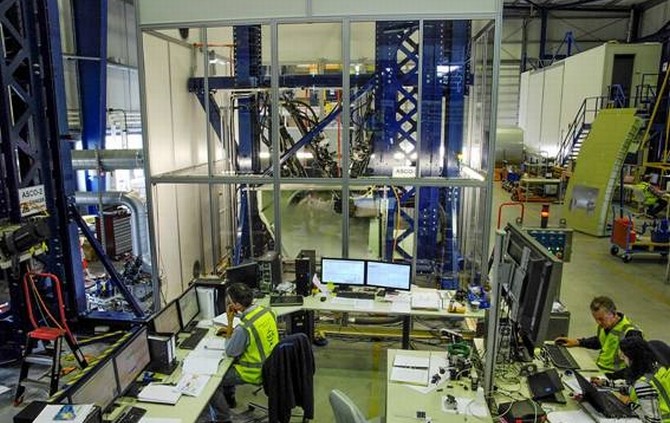NLR made flap-track testing more realistic by taking closer account of extreme temperature fluctuations experienced by aircraft.
One of the basic principles of flight safety is that the structural components used to build an aircraft or helicopter should be as durable as possible. Consequently, rigorous testing is required whenever a new aircraft and its constituent components are designed, otherwise the aviation authorities will not issue the required certification.
In 2012, the Belgian component manufacturer ASCO approached NLR to test the quality of its so-called flap-tracks, intended for the regional C-series commercial airliners produced by Bombardier of Canada. These aircraft can carry in excess of 100 passengers.
The project advanced in leaps and bounds in 2013, which meant the C-series could operate various test flights. The flap-tracks – the C-series has four per wing – are complex structures in the wing, allowing the flaps to shift inwards or outwards, generating extra lift at take off or helping the aircraft brake during landing.
The tracks are tested using hydraulic cylinders that simulate static load and endurance, which are forces that aircraft encounter during their operational lifespan, particularly during unexpected manoeuvres.
We achieved a world first during the latter series of endurance tests, some of which were conducted at – 55°C, a temperature encountered by aircraft at cruising altitude. Testing under such extreme conditions is necessary because temperature can affect the metal alloys and other materials used for components. Liquid nitrogen was used to simulate sub-zero temperatures.
To make the test conditions even more realistic, NLR technicians applied representative contamination to key sites on the tracks, to assess what impact this might have. The contamination consisted of a mixture of grease, sand and other pollutants, which would also arise as a result normal maintenance, air pollution and the use of runways.
C-series flap track endurance test


